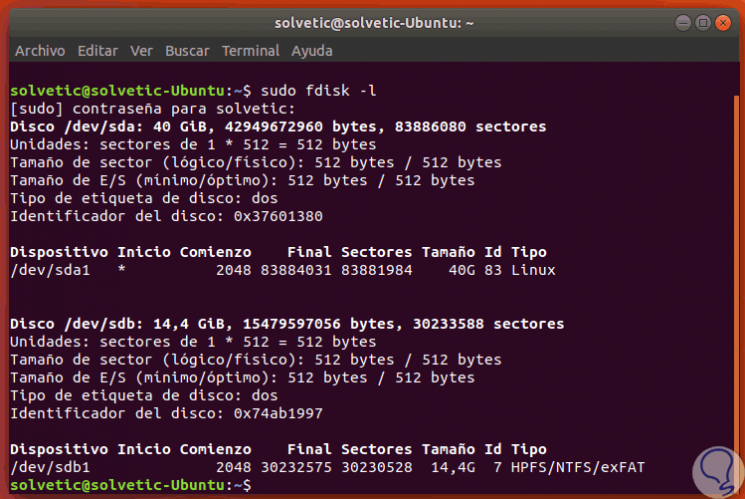


We’re going to assume that the two partitions created by the imaging are /dev/sdb1 and /dev/sdb2. In this example, we’ll create a new partition to store our persistent data into, starting right above the second Kali Live partition, put an ext4 file system onto it, and create a nf file on the new partition.įirst, begin by imaging the latest Kali Linux ISO (currently 2023.1) to your USB drive as described in this article. your USB drive has a capacity of at least 8GB - the Kali Linux image takes over 3GB, and for this guide, we’ll be creating a new partition of about 4GB to store our persistent data in.Check the connected usb drives with the command lsblk and modify the device name in the usb variable before running the commands) your USB drive is /dev/sdb (last letter will probably be different).You’ll need to have root privileges to do this procedure, or the ability to escalate your privileges with sudo.


 0 kommentar(er)
0 kommentar(er)
